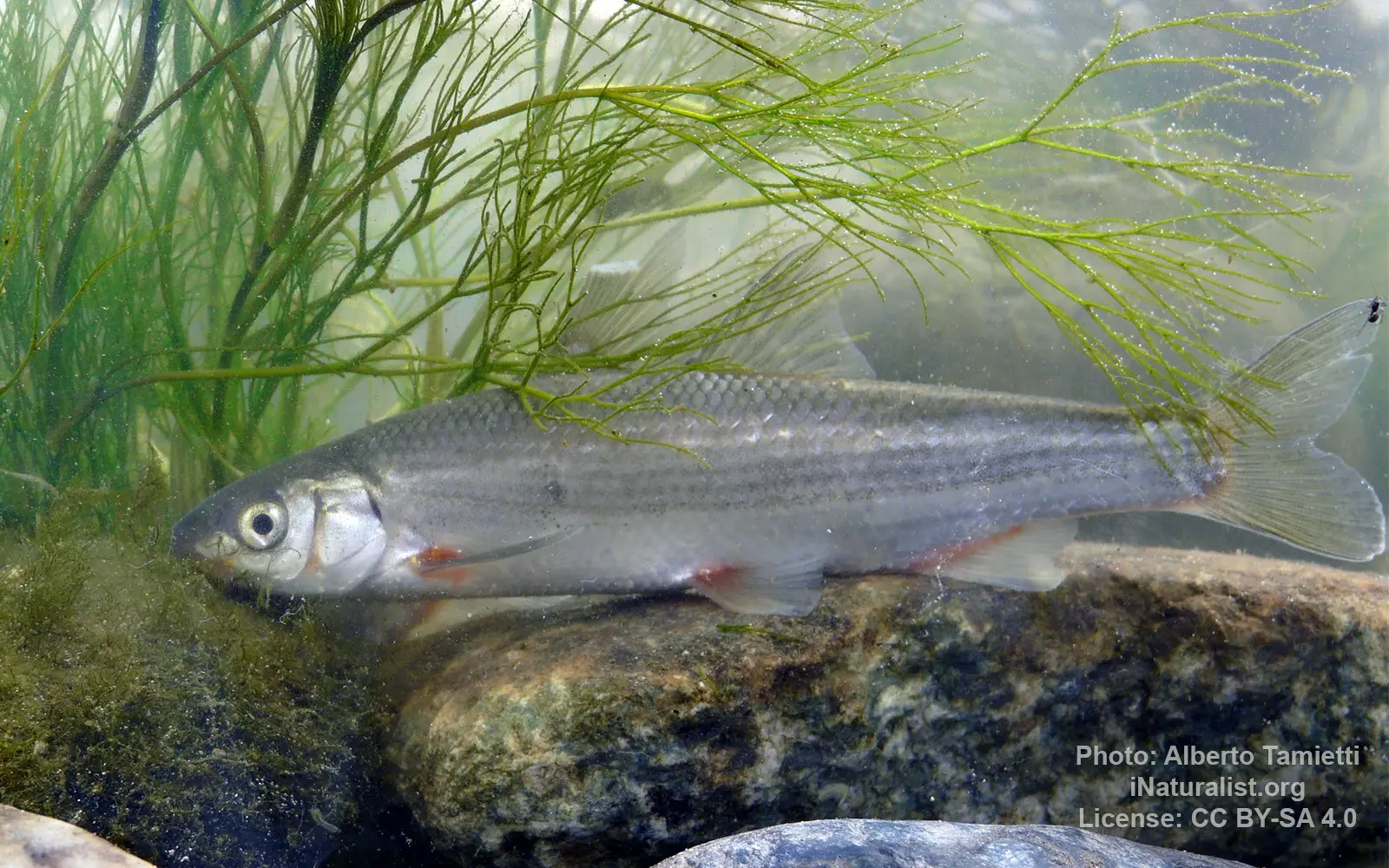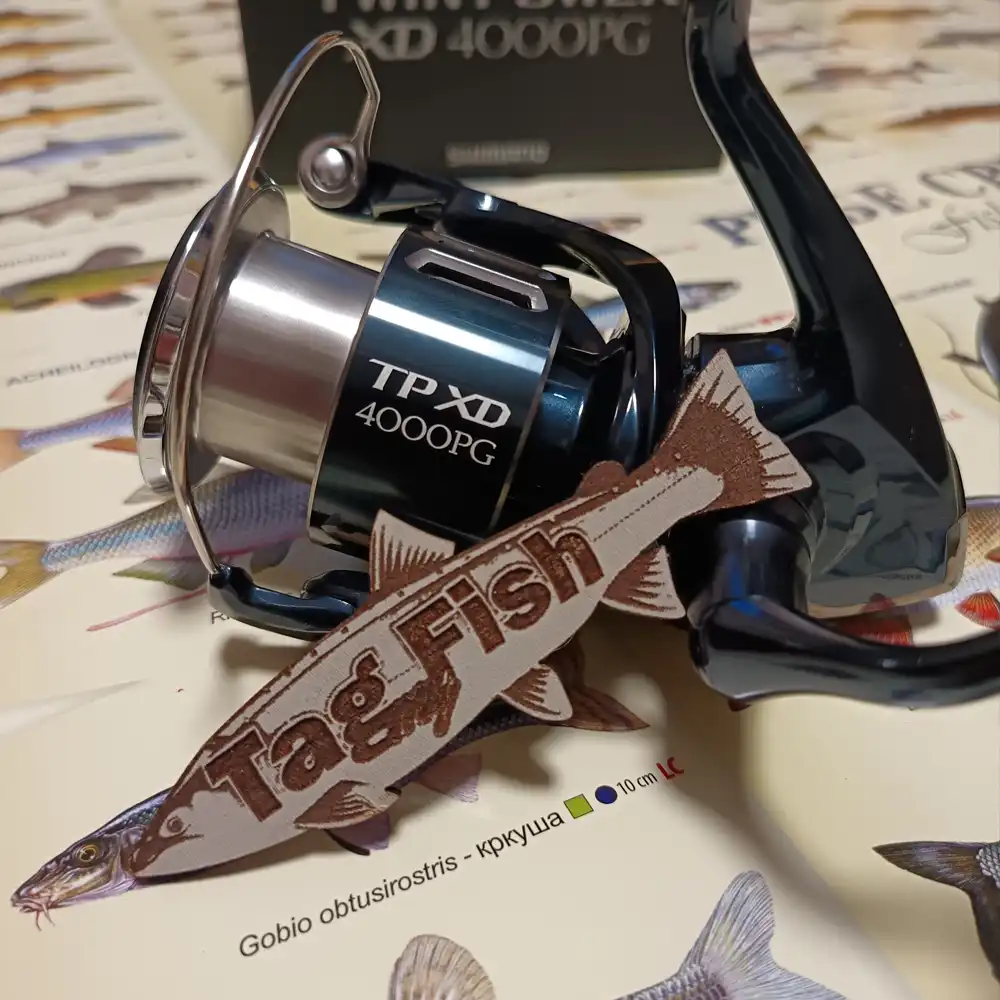South European nase (Protochondrostoma genei)

Image source: Alberto Tamietti | inaturalist.org
General data
- Main name: South European nase
- Climates: Subtropical, Temperate
- Habitat: Freshwater
- Native: Europe
- Distribution: Lamone, Soca, Arno, Tiber, Magra, Centa
Classification
- Genus: Protochondrostoma - Protochondrostoma
- Family: Leuciscidae - Chub family
- Order: Cypriniformes - Carps
- Class: Teleostei - Ray-finned fishes
- Superclass: Osteichthyes - Bony fishes
Description
The South European nase is distinguished from the Italian Chondrostoma by having a wide dark midlateral strip extending from the eye to the base of the tail. It has a arched mouth with a thin lower lip which has a well-developed horny sheath. There are between 50 and 62 scales along the lateral line and 8+1⁄2 branched fin rays in the dorsal fin. The body is slender. There are red bases to all the fins other than the dorsal fin. This species has a maximum total length of 30 cm (12 in), although 15 cm (5.9 in) is more typical. The South European nase is indigenous to the river systems draining into the northern Adriatic Sea, from the Vomano in eastern Italy to the Soča in western Slovenia. It has been introduced to rivers further south in Italy into rivers draining into the Tyrrhenian Sea and Ligurian Sea. This species prefers rivers below 400 m (1,300 ft) above sea level, especially where the habitat is complex with variable substrates, current speeds, undercut banks, submerged wood, rocks and aquatic vegetation.


